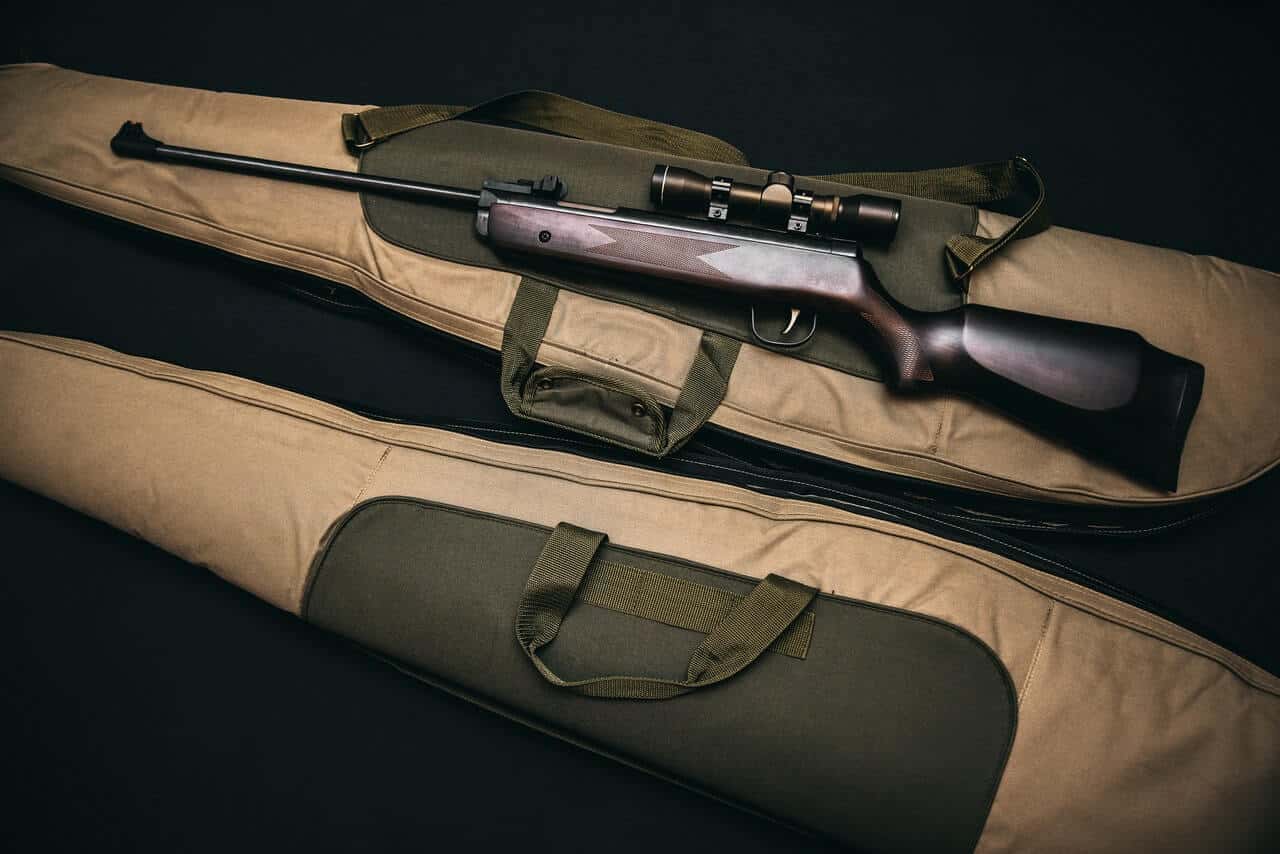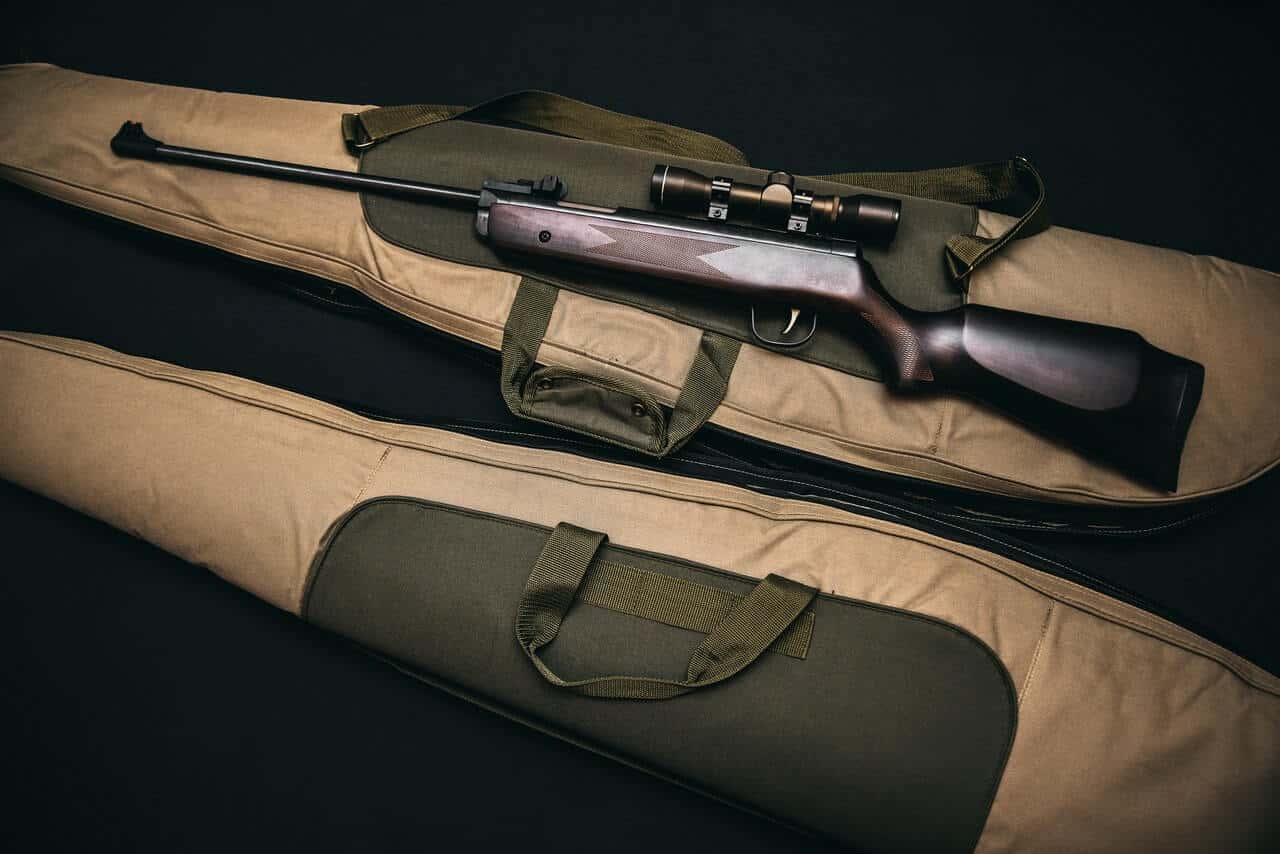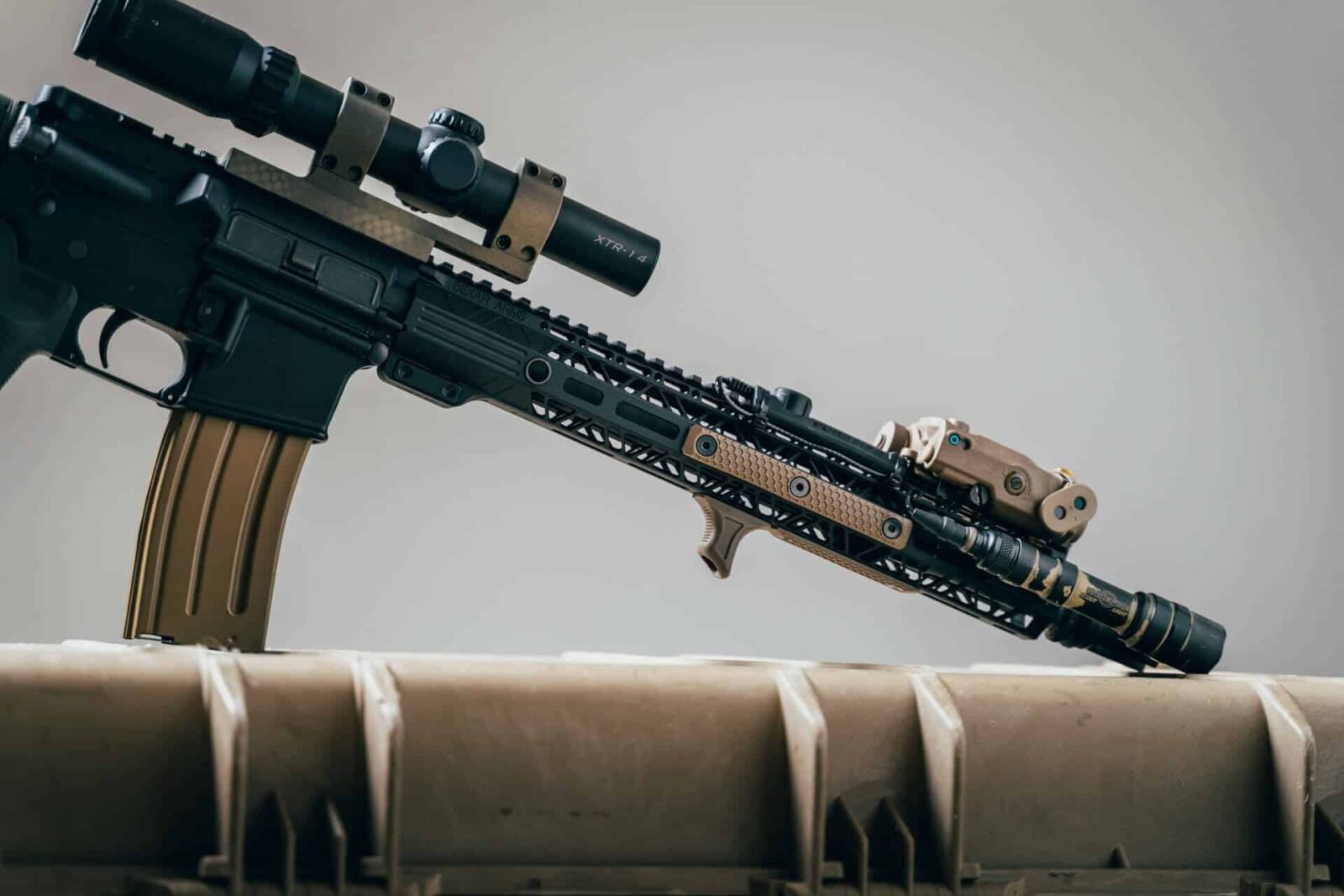In the 18th century, flintlock rifles were some of the most advanced firearms around. One of the most appealing features of a flintlock rifle is its unique firing mechanism, which uses a small piece of flint to strike a steel plate and create a spark. While this design is part of what makes flintlock rifles so distinctive, it can also make them more difficult to use with a scope.
But even with all their technological advances, there was one question that remained unanswered: can you put a scope on a flintlock rifle?
Most scopes must be mounted in front of the hammer in order to prevent the hammer from striking the lens and shattering it. However, with a flintlock rifle, the hammer is located behind the pan, making it impossible to mount a scope in the traditional way. As a result, many hunters choose not to use a scope with their flintlock rifle.
While this may limit their accuracy, it also adds to the challenge and satisfaction of using this historic weapon. The increased weight of the scope can throw off the balance of the rifle and make it more difficult to hold steady. Moreover, the added height can make it difficult to align the sights with your eye. Scopes can be damaged by the sparks and smoke generated by the flintlock mechanism.
With that said, there are a few companies that make scopes specifically designed for flintlock rifles. These can be a great option if you’re looking to improve your accuracy. If you do decide to add a scope to your flintlock rifle, just be sure to take the above considerations into account.
How To Choose The Right Scope For Flintlock Rifle?
There are many different scopes available on the market today such as Vortex V-Plex Dead-Hold BDC 30mm Tube but not all of them are compatible with flintlock rifles. If you’re looking to add a scope to your flintlock rifle, here’s what you need to know.
Most scopes come with two different bases – a Weaver-style base or a Picatinny-style base. A Weaver-style base will fit onto any rifle, but a Picatinny-style base is specific to AR-15-style rifles. Most flintlock rifles have a dovetail rail, so you’ll need to purchase a Weaver-style base that can be mounted onto the dovetail rail like Weaver Base Top Mount.
Once you have the proper base installed, you can then choose from various scope models. There are scopes designed specifically for hunting, target shooting, or even long-range precision shooting. No matter your purpose for adding a scope to your flintlock rifle, there’s sure to be a model that will meet your needs.
When shopping for a scope, be sure to consider the type of ammunition you’ll be using. For instance, if you plan to use lead bullets, you’ll need a scope designed for that specific type of bullet. Some scopes come with different reticle patterns to choose the best suits your shooting style.
What Is The Effective Range Of A Flintlock Rifle?
While flintlock rifles are less common than other rifles, they remain popular among collectors and history buffs. One of the most common questions about flintlock rifles is their effective range. In general, a flintlock rifle can accurately fire at targets up to 50 yards away.
Beyond that, the accuracy of the shot decreases dramatically. This is due to a number of factors, including the relatively slow rate of fire and the relatively small amount of gunpowder that can be used in the firearm.
How Does A Flintlock Mechanism Work?
A flintlock is a type of firearm that uses a piece of flint to strike a steel frizzen, creating a spark that ignites the powder in the pan and causes the gun to discharge. The flintlock mechanism was first used in the early 1600s and quickly became popular due to its simplicity and reliability. Although the flintlock was eventually replaced by the percussion cap in the mid-19th century, it remains an iconic part of firearms history.
To understand how a flintlock works, it is helpful to know a little bit about the parts that make up the mechanism. The most important component is the flint, which is typically made from hard, sedimentary rock.
When the trigger is pulled, the flint is released and strikes the steel frizzen, creating a shower of sparks. These sparks fall into the pan, igniting the powder and causing the gun to discharge.
The flintlock mechanism was used for over two centuries until it was replaced by the percussion cap in the mid-19th century. The percussion cap is a small metal cap that contains a small amount of explosive material.
What Kind Of Scope Do You Use For A Flintlock?
When choosing a flintlock rifle, one of the most important considerations is the type of scope you will use. There are two main types of scopes for flintlock rifles: open sights and aperture sights.
Open sights, as the name suggests, do not have any sort of cover or housing over the front lens. This makes them simpler and cheaper to manufacture, but it also makes them more difficult to use in low-light conditions. One of the best See All Open Sight – New Gen 2 – Glow-Lit can be used on all types of rifles and shotguns.
Aperture sights, on the other hand, have a small hole in the front of the scope that you look through. This gives you a more precise sight picture, but it can also be more difficult to use in bright light. One of the favorites among rifle-shooters is CVLIFE Hunting Rifle Scope 6-24×50 AOE Red and Green Illuminated Gun Scope.
When deciding which type of scope to use, you should first consider what kind of hunting you will be doing. If you plan on hunting in low-light conditions, an aperture sight will be a better option. If you will be hunting in bright light, an open sight will probably be just fine.
Another consideration is the size of the scope. Flintlock rifles are typically very accurate, so you don’t need a large scope. A small scope will actually be easier to use and will weigh less, making your rifle easier to carry.
Do Flintlock Rifle Use Percussion Caps?
No, Flintlock rifles do not use percussion caps. Instead, they use a flintlock mechanism. The main advantage of this system is that it is much simpler and more reliable than the percussion cap system.
Additionally, it is less likely to misfire, which can be a serious problem with percussion cap guns. As a result, Flintlock rifles were the primary type of gun used during the 18th and 19th centuries.

Binos enthusiast since I was 12 – A real expert in all things optics including rifle scopes and red dots. Live in Dubai & love writing, beaches and eating!






